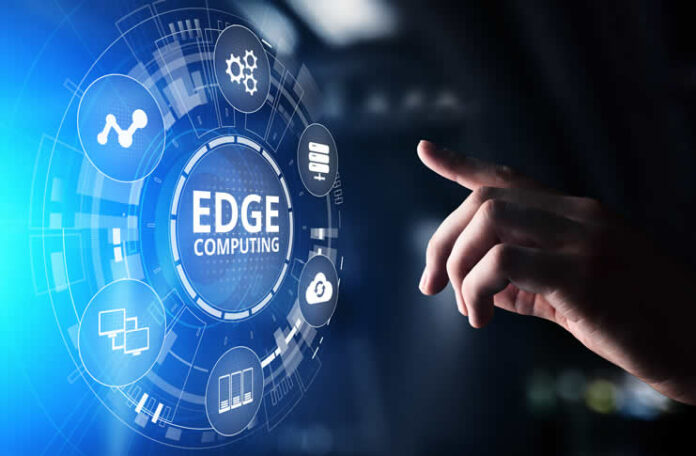In the ever-evolving landscape of technology, a new paradigm is emerging that is reshaping the way we process data and connect devices – Edge Computing. As we navigate the era of digital transformation and the Internet of Things (IoT), edge computing stands at the forefront, offering a groundbreaking approach that addresses the limitations of traditional centralized data processing. In this in-depth exploration, we unveil the transformative power of edge computing and its implications across industries.
Understanding Edge Computing
At its core, edge computing involves processing and analyzing data closer to its source, rather than sending it to a centralized cloud server for computation. This shift brings computation closer to where data is generated – at the “edge” of the network. By doing so, edge computing minimizes latency, reduces data traffic, and enhances real-time processing capabilities. This is particularly crucial in scenarios where split-second decisions are imperative, such as autonomous vehicles, industrial automation, and remote healthcare.

The Key Components of Edge Computing
1. Edge Devices
Edge devices are the building blocks of edge computing. These devices, equipped with processing power and connectivity, gather and process data from sensors and other sources. They act as the first line of data filtration and analysis, determining which data is valuable enough to be sent to the cloud for further processing.
2. Edge Servers
Edge servers play a vital role in processing data locally. These servers are strategically placed in proximity to edge devices and facilitate real-time computation. They can aggregate, filter, and analyze data, providing instant insights without the need to transmit data over long distances.
3. Edge Analytics
Edge analytics refer to the algorithms and processes that analyze data at the edge. This enables quick decision-making and immediate responses, making edge computing ideal for time-sensitive applications. Machine learning and AI-driven analytics at the edge empower devices to make intelligent, autonomous decisions without relying on constant cloud connectivity.
Transforming Industries Through Edge Computing
The impact of edge computing extends across diverse sectors, revolutionizing the way businesses operate and enhancing user experiences.
1. Healthcare
In the realm of healthcare, edge computing is a game-changer. From wearable devices that monitor vital signs to remote patient monitoring, edge computing enables real-time health data analysis. This empowers medical professionals to make informed decisions promptly and allows patients to receive personalized, immediate care.
2. Manufacturing
Edge computing is redefining manufacturing processes through predictive maintenance and quality control. By analyzing data from sensors embedded in machinery, manufacturers can identify potential issues before they escalate, minimizing downtime and optimizing production efficiency.
3. Smart Cities
Edge computing forms the foundation of smart city initiatives. With sensors and cameras collecting data on traffic flow, energy consumption, and public safety, edge computing enables cities to respond swiftly to changing conditions and enhance urban planning.
4. Retail
Retailers leverage edge computing to enhance customer experiences. From personalized shopping recommendations to cashier-less checkout systems, edge computing enables real-time data analysis that shapes customer interactions and streamlines operations.
Challenges and Future Prospects
While the potential of edge computing is vast, it comes with its own set of challenges. Security and data privacy remain critical concerns, as processing data closer to the edge exposes it to potential breaches. Standardization of edge computing architectures and interoperability between different systems are also areas of ongoing development.
Looking ahead, the future of edge computing is promising. As technology continues to evolve, edge devices will become even more sophisticated, capable of handling complex computations. Additionally, advancements in 5G technology will further accelerate the adoption of edge computing, enabling faster and more reliable connectivity.
In conclusion, the rise of edge computing marks a pivotal moment in the evolution of data processing and connectivity. By bringing computation closer to data sources, edge computing offers unprecedented speed, responsiveness, and efficiency. As industries across the board embrace this transformative paradigm, we are witnessing a new era of innovation and possibilities.


